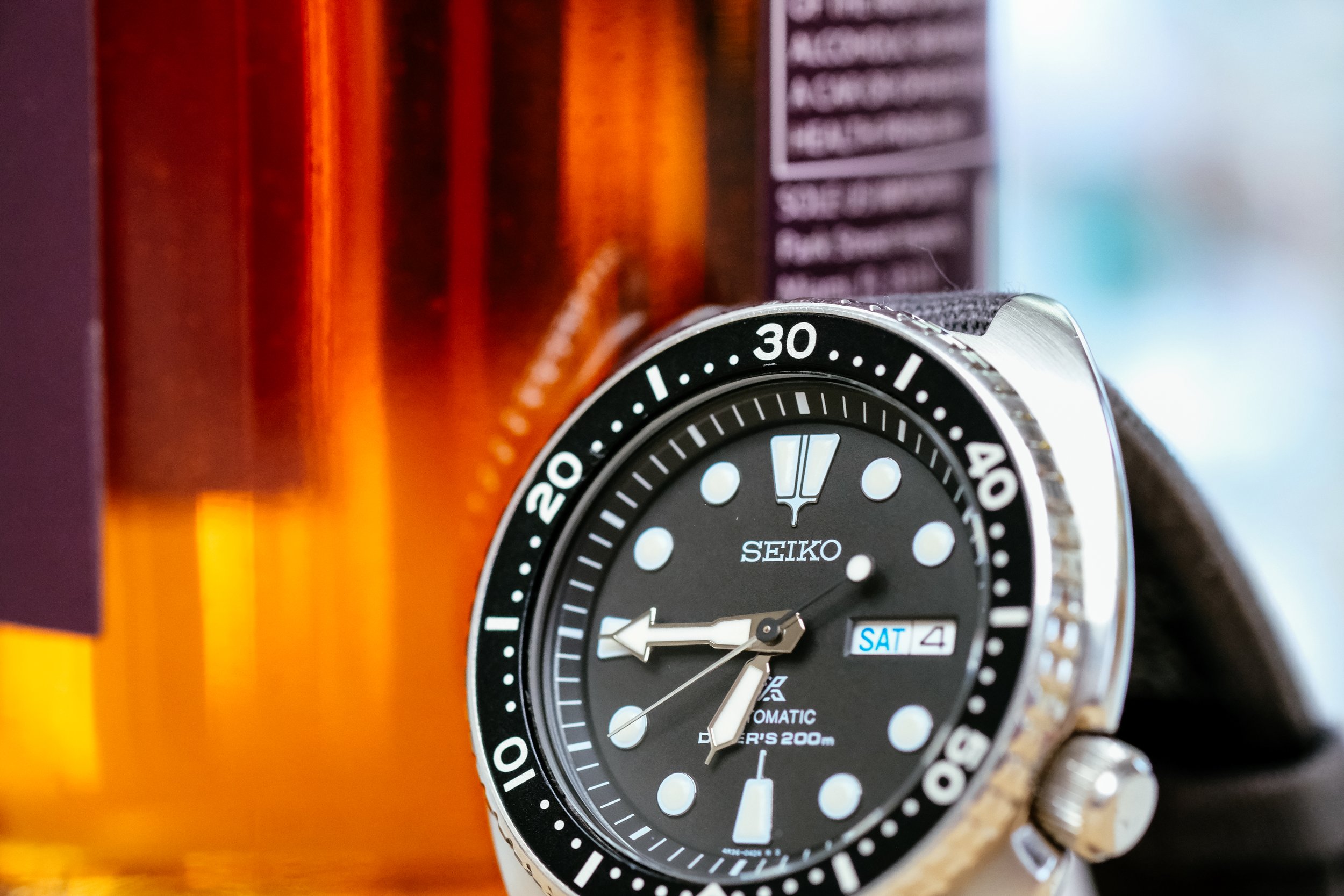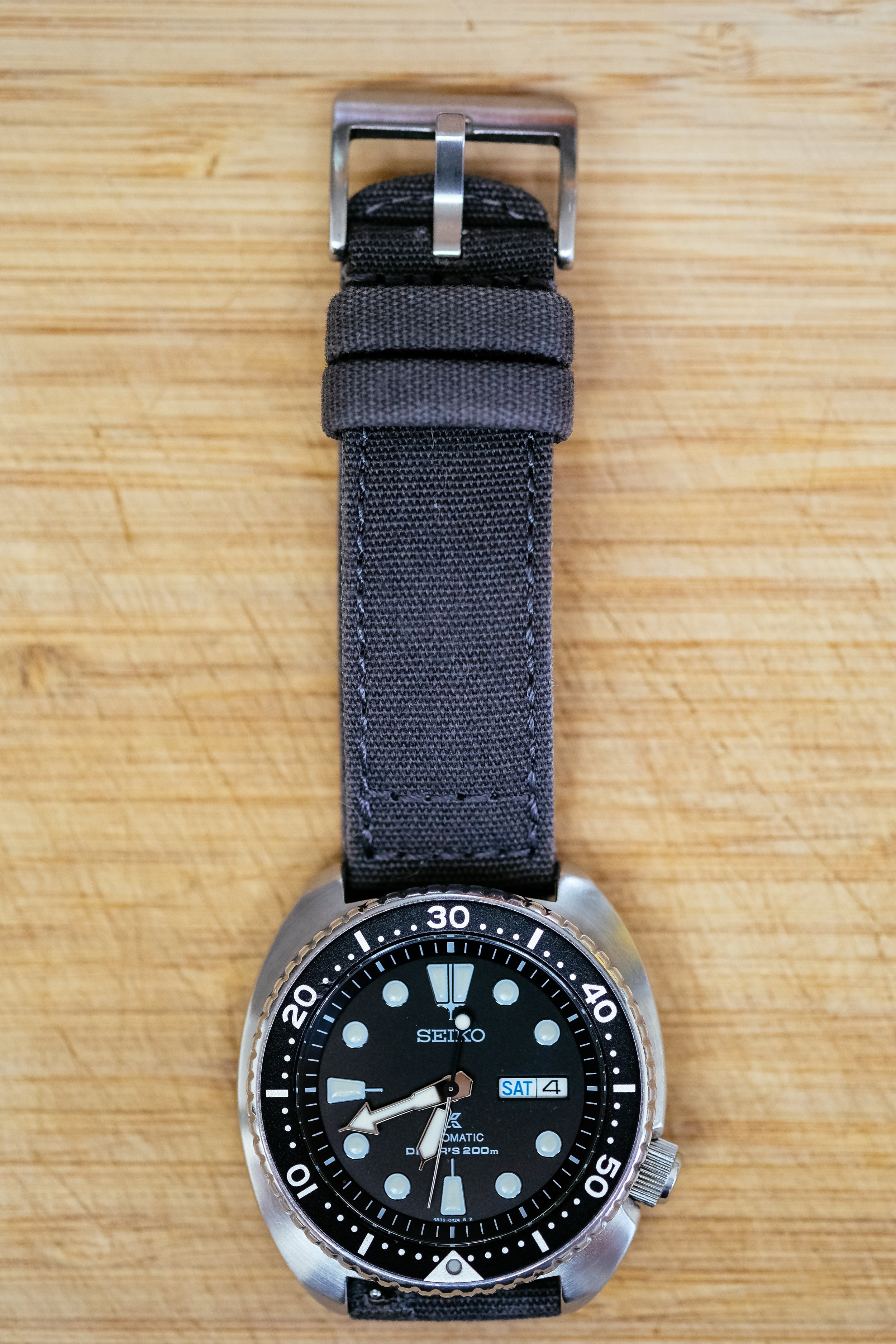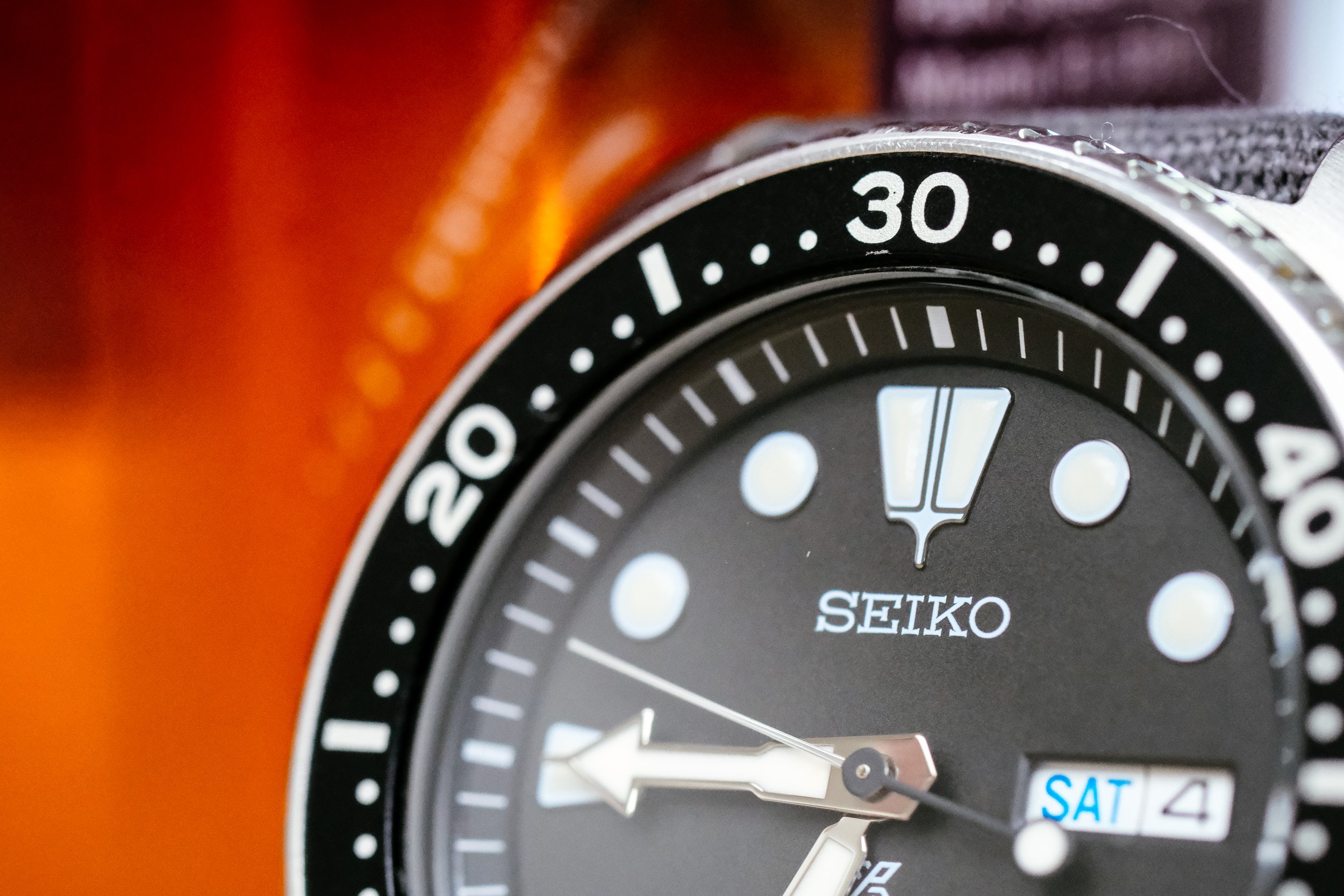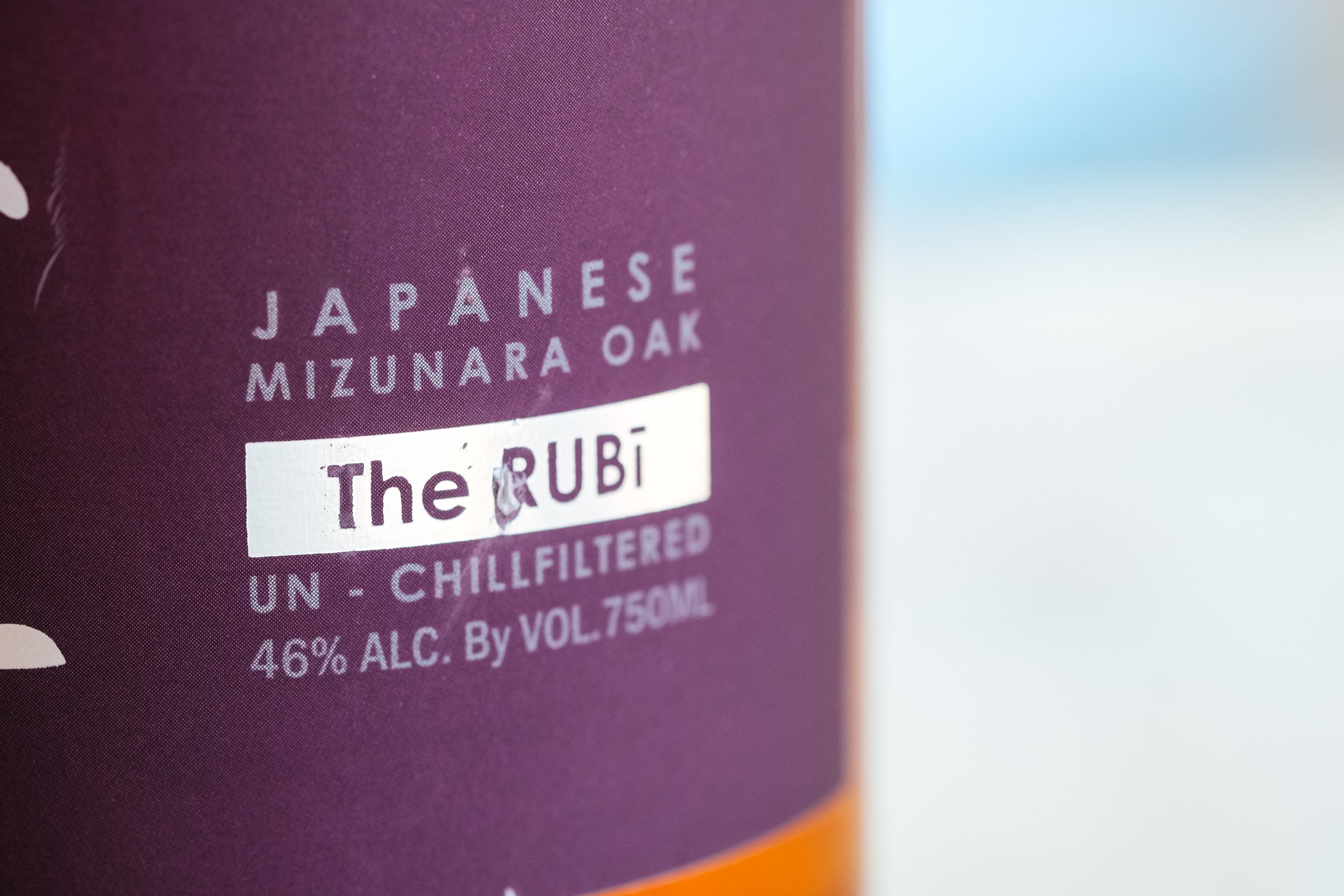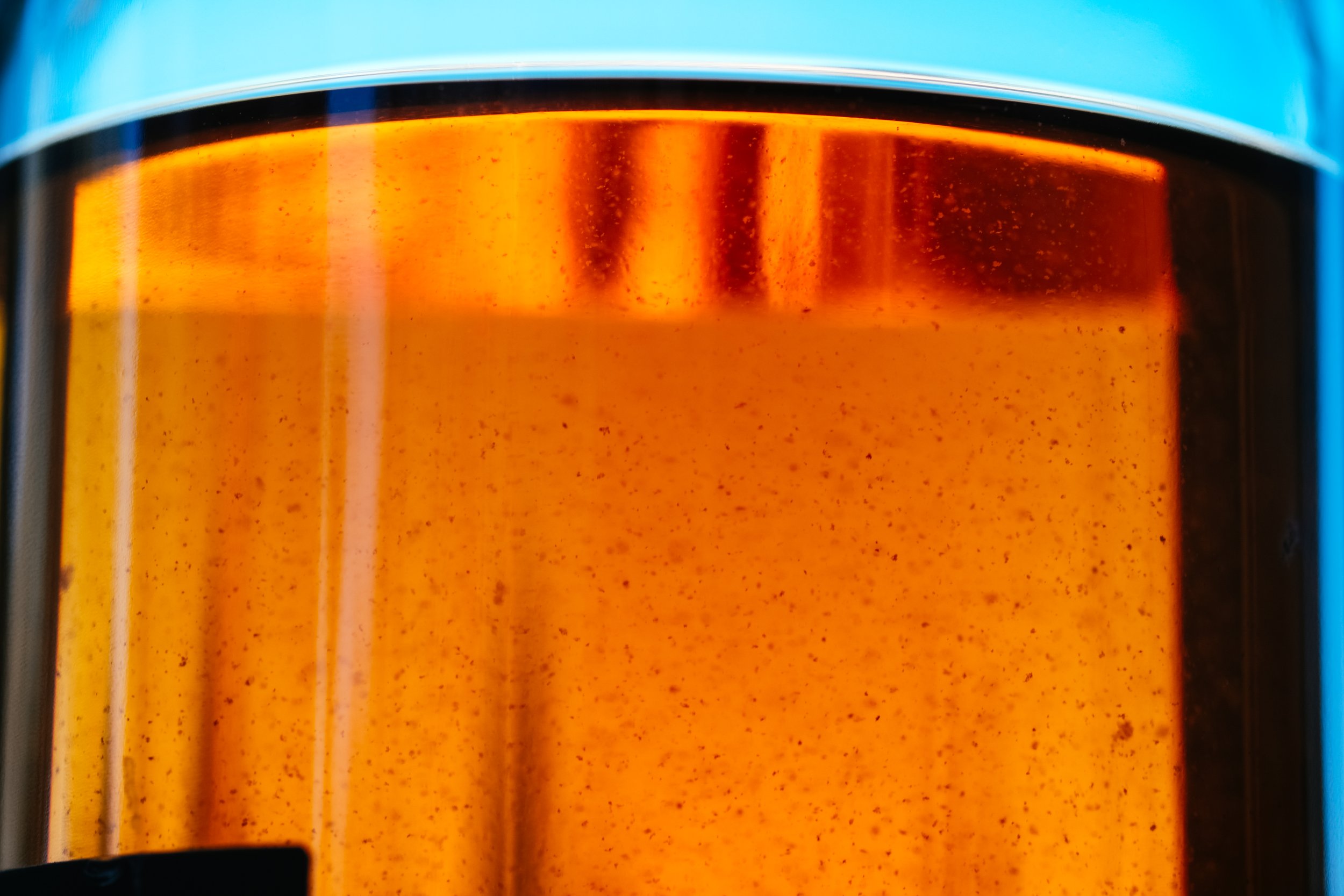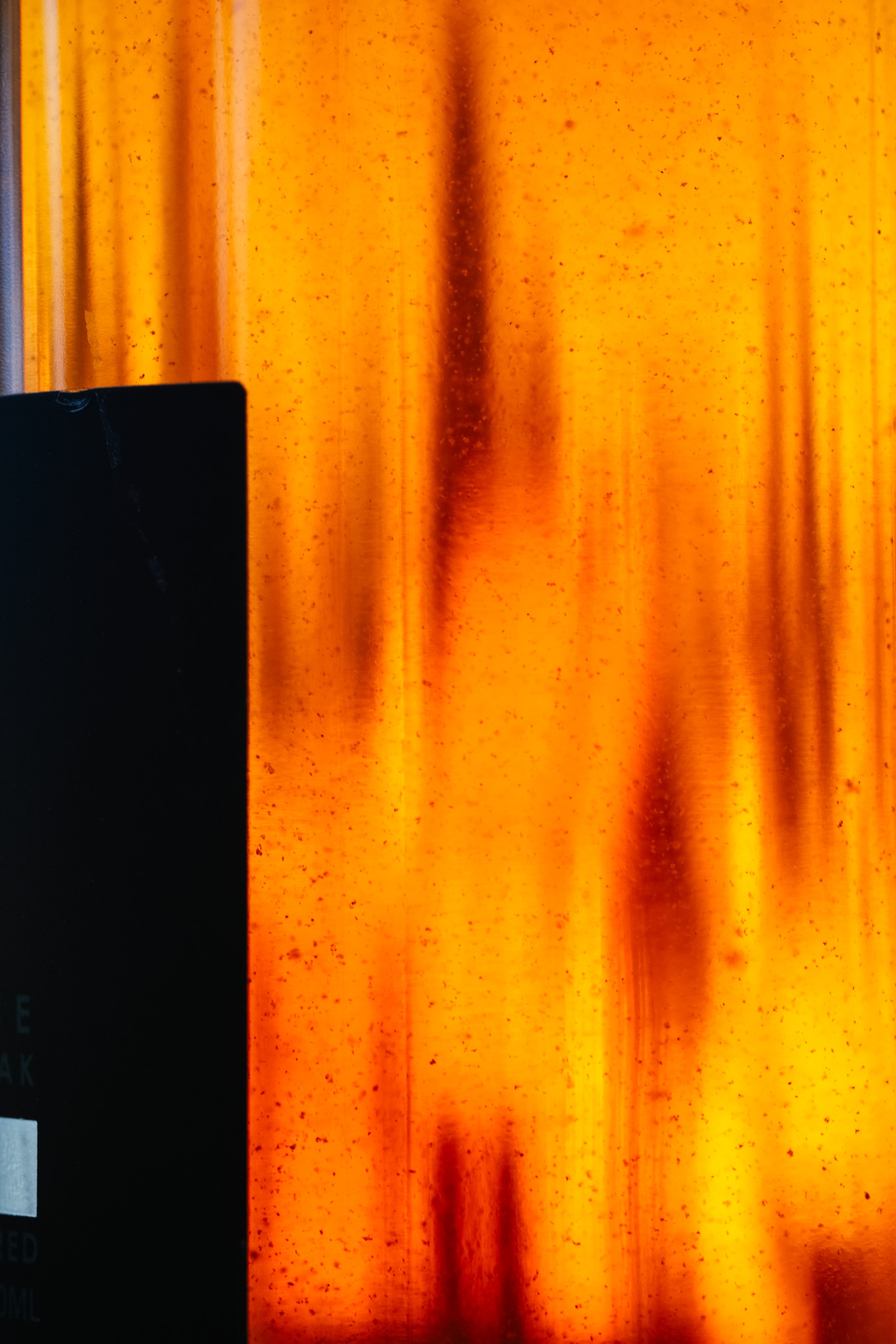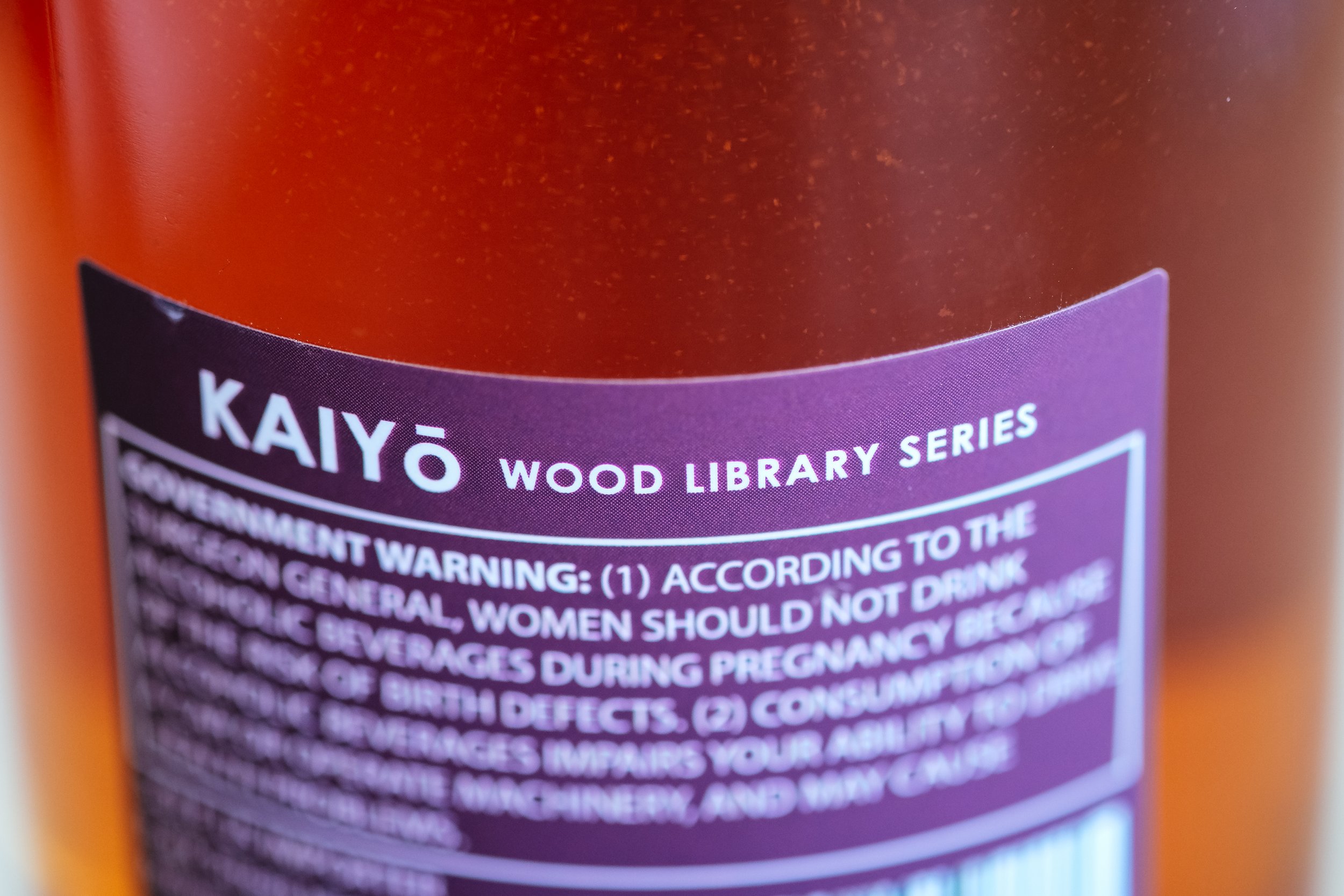Kaiyo The Rubi Mizunara
Wood Library Series Japanese Single Malt | 46% ABV
Score: 3/10
Disappointing.
TL;DR
Palpable Disappointment
Taking A Break From Japanese Whisky
Falling in and out of love with someone or something can be tough, whisky or otherwise. There’s a certain romance about remembering loves long past, whether people, objects, activities, and any other manner of things eliciting an emotive response.
I had gotten into Japanese whisky early in my whisky journey. Alongside my Tomatin 12, Lagavulin 16 and Glenmorangie 10 were a whole host of Japanese whiskies, including this rice-derived Ohishi Brandy cask number that causes whiplash in conversations. But then I noticed the prices going up, transitioning from sea level, to Mount Everest, then eventually the mesosphere. Prices may have cooled off slightly but we are still solidly in the stratosphere. I stopped buying. A plethora of options from other global whisky-makers drew me away, despite my affinity for the Japanese products.
I’ve always been impressed by Japanese culture and resiliency towards tradition and science. Being a metallurgist, I’ve got deep respect for the Japanese steel making culture. They don’t have giant ore deposits and thus rely on imports but yet they’ve mastered a deep science and somehow linked it with their culture and craftsmanship.
I’ll wager that many of you whiskyphiles have other obsessive habits or hobbies. For me, it was the connection of Japanese steel-making wizardry and their willingness to stick to traditional practices. While yes, everyone thinks of Katana swords, there are many other daily use items that rely on the same foundational practices and artistry. Several years ago, I purchased a set of father-son handmade kitchen knives. Their edge retention and beauty is something to behold, and I know that with my whetstone sharpening these will last for many decades. I’ve beat them up and they keep on shining and slicing with now signs of slowing down.
Another fascination, although one that has dwindled in recent years, has been watches. Just as whisky prices have risen, the price for watches has also spiralled upwards too. Again, being impressed with Japanese culture towards manufacturing, I was attracted to Seiko and Grand Seiko, their premium product line. Seiko is one of the very few companies who are vertically integrated.
Seiko manufacture all of their own parts in-house, including the manual and automatic winding movements, created their own spring-drive technology, and even grow their own quartz crystals in-house to a quality standard orders of magnitude higher than other manufacturers allowing them to achieve extreme precision and accuracy, and combined with a temperature sensor inside the watch to account for temperature-driven frequency drift, can result in accuracies of +/- 10 seconds per year. While I fancy the mechanical movements myself, it is stunning what they have achieved for quartz-type movements.
They then design and build their own watches in-house. You could think of it as Daftmill, growing their own barley and nurturing every step through to delivery into your glass. The vast majority of watches you will see use a cheaply made movement slapped inside a generic watch case by a “factory” (using that term loosely if you catch my drift) and blinged up with some expensive marketing and fancy colouring schemes and sold to you with a hefty markup. For me, I’ve had my trusty Seiko “Turtle” SRP-777 by my side for nearly 10 years, ticking away without any servicing of the automatic movement and still accurate to 10 sec/day too.
The cushion-back case design is ultra comfortable for those who are active and work with your hands as it doesn’t dig into your wrist, is fully water sealed for 200 metres, and has a 41-hour power supply from its automatic winding mechanism. It’s not sophisticated or fancy but a great watch. It’s been through several oceans, kids, mud, welding arcs, grinding sparks, travelling to 3 different continents, and other manners of mechanical and electromagnetic abuse and it still looks nearly as good as the day I bought it. Hell, I’m on my 4th canvas strap! I’d love to snag another Seiko or save up for a Grand Seiko but with kids and life, I’ll be hanging onto my Turtle… at the rate I’m ageing versus the watch, I’ll be passing the watch onto my kids long before it looks haggard. So back to whisky.
While remembering the past can bring up warm and fuzzy feelings, it is equally frustrating to crash back to reality. Yes, the Nikka Yoichi/Miyagikyo are consistently offering up quality and reasonably priced Japanese whiskies (thank you Nikka) however the rest of the Japanese whiskies are well and truly for the elitist folks who will very likely never read Dramface or consider the quality-for-value metric like you and I do.
So when a sale popped up, Broddy being the thrifty sort, jumped on a chance to give Japanese whisky another shot. I’ve spoken about my affinity for port casks before, and the chance to try something from Mizunara oak sealed the deal.
Review
Kaiyo The Rubi, Mizunara Oak, Port Cask Finish, Unchillfiltered, 46% ABV
CAD$165 (£97) paid.
The Rubi, according to multiple internet sites but interestingly nowhere to be found on Kaiyo’s website, has forced me to piece together a backstory for this release.
This is entirely comprised of Japanese distillate using 100% malted barley before ageing for 3 years in Japanese Mizunara oak barrels, followed by a 3 month ocean maturation in a container on a ship cruising around Japan, before transferring back to Mizunara casks for an additional 7 years with a final last 4 months finished in first-fill ex-Ruby port pipes.
I’m into the back-story here, they’ve clearly handled the spirit many times and should have been monitoring it closely with all the maturation interventions.
Score: 3/10
Disappointing.
TL;DR
Palpable disappointment
Nose
Light, like many trademark Japanese whiskies, but much sweeter and significantly less floral. Orange oil, light vanilla, and a bit of damp wood or wet charcoal. A very light and underlying floral note like freshly blossoming orchard trees and a touch of red apple.
There’s a barrel spice note under the sweetness, not unlike a single cask Polish oak Benromach I’ve tried. Since this is my first Mizunara oak influenced whisky, I would wager this foreign barrel spice note is coming from such. It reminds me of smelling hot chilli oil fumes wafting from a hot pan, pleasant and savoury.
Palate
Light and pleasant entry. The orange oil follows through from the nose, as does a firm and finely spiced chilli oil note although it is far from spicy or fiery. Perhaps a tiny touch of milk chocolate but it’s fleeting. It is more viscous and fuller than many other Japanese whiskies, however when compared to other 46% non-chillfiltered Scottish or Canadian malts, it is thinner on the palate. I struggle to identify distinct and unique notes here. It enters nice and promising, then the whole experience declines.
Water completely flattens the whole thing, but keeps the sweetness. Yawn.
The Dregs
After cracking this and revisiting this many many times before writing this review, I was confused. Confused on what I was tasting, or lack thereof, and needed to find out more.
Kaiyo’s website is quite light on details so that was a relative dead end. A blogger completed a deep-dive on Kaiyo’s interesting connections and foundation; however without a corroborating trustworthy verification, I’m hesitant to repeat any details here so please read if you’re interested, or skip it. Either way, take it with a grain of salt as I don’t want to be proliferating what could be mistruths. Impartiality, trust, and independent verification of facts can be in short-supply these days. I did confirm that Kaiyo is more-or-less an independent bottler, purchasing Japanese new-make and ageing and releasing the whiskies under their own brand.
So an average single malt then with an interesting maturation schtick. That’s all fine and dandy except for the price tag, and what a price tag. I had high hopes here. A 2-for-1 scenario of port cask, which I fancy, and Mizunara oak, which I’ve never tried, providing their influences on a light Japanese malt whisky? Sign me up!
I was expecting a cask-led experience given these parameters but I was thoroughly underwhelmed. When I factor in the price I paid? What the hell am I going to do with a near £100 paperweight? A £100 daily sipper? A £100 cocktail base? I don’t have that type of income and I wager you don’t either. No matter the permutation of justifications, I can’t come up with a good one.
I acknowledge the fact they are using a very rare, expensive, and difficult to work with barrel however that fact only holds up if the experience justifies the effort in producing the product and my effort in saving up my money to buy said product. In the spirit of objectiveness, it is possible that the Mizunara barrels might be producing above-average batch variations in the resulting vattings and this may cause the spread in the few online reviews floating around. But again, if it doesn’t meet anything resembling ‘good’ whisky, you can’t use batch variation as a crutch and expect us whisky folk to seriously consider the whisky in the future.
A well-deserved 2-point reduction in score for this average malt, and nearly the final nail in the proverbial Japanese whisky coffin for me.
Apologies for the feisty tone here in the Dregs. I’ve just finished being dragged through the mud professionally in industry panel groups on infinitesimally small minutiae that do not change the fitness-for-service aspects of damaged structures. Not everything needs to be a PhD research project and sometimes we need to call a spade a spade. Regardless, I try to see the positive in things and this real-world and eerily coincident situation (professionally and this whisky) offers up learning opportunities.
What does this have to do with The Rubi? I gave it multiple attempts, different pre-and-post sampling angles, and tried to find the positives… but failed.
I’m tossing this 3 of spades back in and folding.
Score: 3/10
Tried this? Share your thoughts in the comments below. BB
-
Dramface is free.
Its fierce independence and community-focused content is funded by that same community. We don’t do ads, sponsorships or paid-for content. If you like what we do you can support us by becoming a Dramface member for the price of a magazine.
However, if you’ve found a particular article valuable, you also have the option to make a direct donation to the writer, here: buy me a dram - you’d make their day. Thank you.
For more on Dramface and our funding read our about page here.








